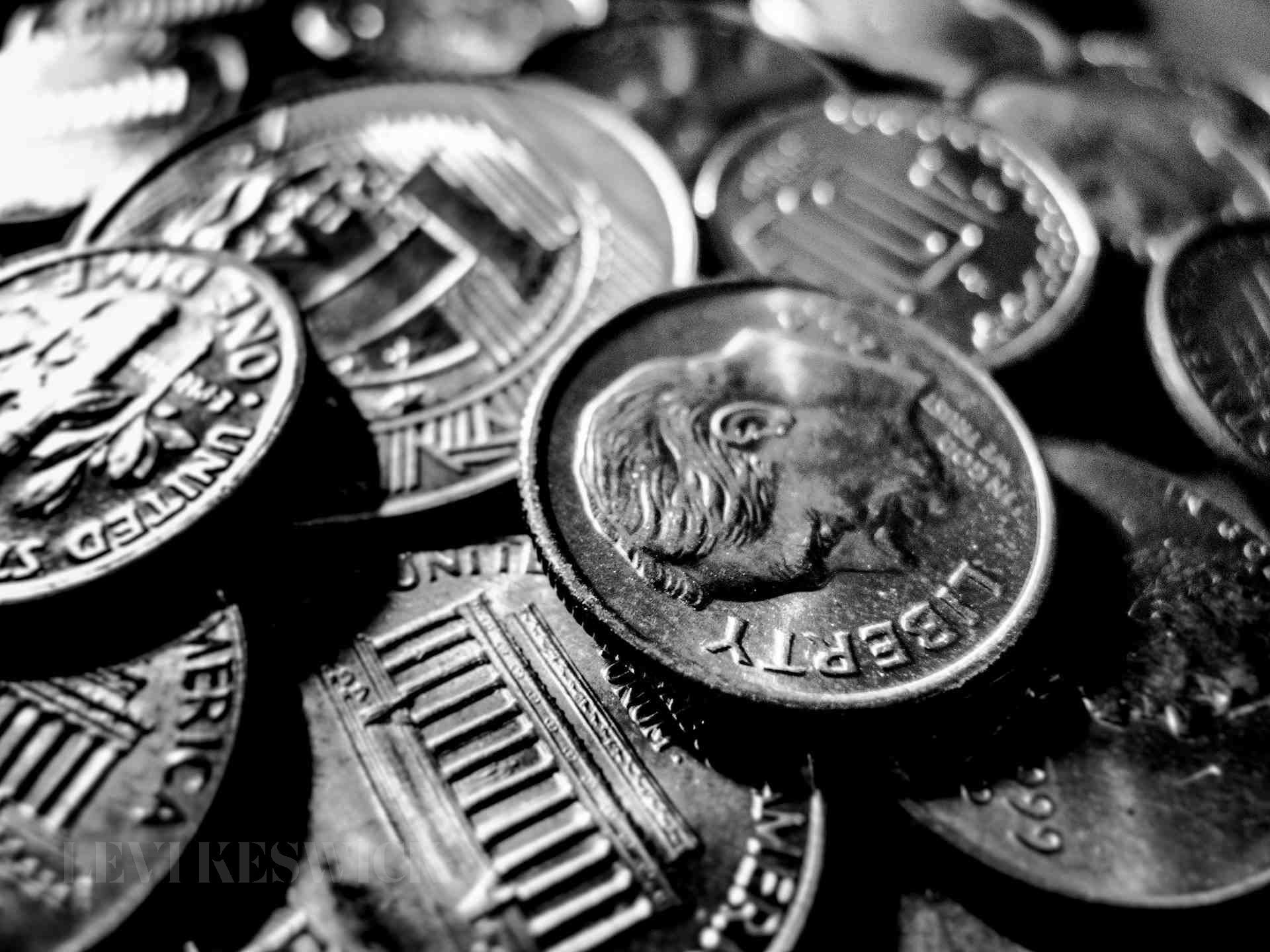Key Takeaways:
- The 1962 nickel, although commonplace, can have significant worth based on specific attributes like the mint mark and coin condition.
- Even the most seemingly insignificant errors can skyrocket the value of 1962 nickels.
- The rarity of 1962 nickels with no mint marks does not necessarily equate to higher value.
Delving into the Value of 1962 Nickels
Since 1938, the U.S. Mint has produced five-cent coins emblazoned with former President Thomas Jefferson’s image, becoming a ubiquitous symbol in American currency. However, this seemingly commonplace coin may harbor potential wealth depending on specific factors like mint mark, condition, and unique features. This article will delve into the intricacies of the 1962 nickel and shed light on its potential worth.
Decoding the Value of the 1962 “D” Nickel
The Denver Mint took center stage in 1962 by producing the lion’s share of nickels for that year. Despite the staggering amount, each “D” mint marked nickel is not necessarily a rare find. However, the exceptions to this rule can be extremely valuable.
The worth of these nickels lies in their state of preservation. An uncirculated or mint-state 1962 “D” nickel, particularly with interesting manufacturing errors or unique features, is a prized possession. Indeed, these coveted coins have fetched prices in the thousands at auctions and online platforms. However, it’s important to note that without these rare attributes, their value remains relatively low.
Understanding the Worth of 1962 No Mint Mark Nickels
Nickels without mint marks often lead newcomers to numismatics astray, as they could be easily mistaken as rare and highly valuable. This assumption, however, is not entirely accurate. Coins without mint marks typically signify their production by the Philadelphia Mint, as was the case with the 1962 nickel.
These nickels are nearly identical to their Denver counterparts, save for the missing “D” mint mark. Although the Philadelphia Mint produced significantly fewer nickels than the Denver Mint in 1962, the scarcity does not necessarily translate to a higher value. The lack of a mint mark, contrary to what one might expect, is largely inconsequential.
The Unique Value of 1962 Proof No Mint Mark Nickels
Proof nickels represent a distinct variant of the base coin, minted with an exceptional level of fidelity. The Philadelphia Mint, instead of its typical San Francisco counterpart, was responsible for the creation of these coins in 1962.
These coins, made for proof against counterfeits, became desirable for collectors, leading the mint to produce millions each year. Nevertheless, their abundance in the market has tempered their average value. Like their counterparts, proof nickels with rare manufacturing errors stand out in terms of value.
Navigating the Grading System for 1962 Nickels
Coin grading revolves around three primary factors: preservation, rarity, and special manufacturing errors. In general, a coin in near-mint or uncirculated condition with a unique manufacturing error stands the best chance at fetching a high price.
Unraveling the Mysteries of 1962 Nickel Errors
The 1962 nickel can exhibit a wide variety of errors, each with its unique effect on the coin’s value. Notably, the full steps error, the double die error, and the die crack error stand out as particularly intriguing.
- Full Steps Error: This error results from an extra strong die strike, leading to a noticeably detailed design, especially on Monticello’s steps on the coin’s reverse side. This error often propels the coin’s value to the thousands or even tens of thousands of dollars range.
- Double Die Error: This error occurs when the coin shifts slightly between the two strikes of the minting die, resulting in a distorted or blurry image. This error’s appealing visual aspect contributes to its desirability.
- Die Crack Error: Overuse of the minting die can lead to cracks, which, when subtle enough, can increase the coin’s value.
In Conclusion: Unearthing the True Worth of 1962 Nickels
While 1962 nickels might seem like typical change, these coins can hold a surprising amount of value. Specific conditions, such as preservation, manufacturing errors, and mint marks, can transform an everyday nickel into a lucrative investment. Therefore, whether you’re a seasoned numismatist or a casual collector, the allure of the 1962 nickel lies in its potential hidden worth.








